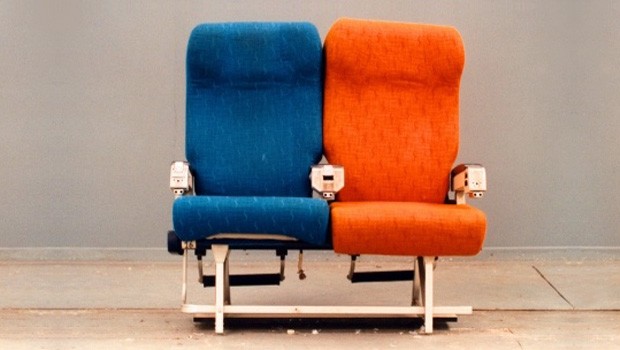Will shaking up your office seating chart boost collaboration?
I recently took a look at trendy workplace “innovations” that are meant to encourage collaboration, productivity and job satisfaction, but don’t seem very likely to catch on with most business (e.g. posh nap rooms). I probably should have included the idea of the fully transparent workplace, as practiced (at least somewhat) by companies like Buffer, and detailed in more dystopian fashion in Dave Eggers’ lackluster new novel, The Circle.
Here’s a new one to consider: the shredded office seating chart. Musical desk chairs. A new coworker sitting elbow-side or across the cube each month or quarter. Engineers and publicists and the CEO all working side-by-side.
Is this the wave of the collaborative future – or another of those silly workplace trends that can be safely ignored?
Companies should think carefully about who they put where, according to experts who study office design and workplace psychology. Grouping workers by department can foster focus and efficiency, says Christian Catalini, an assistant professor at Massachusetts Institute of Technology’s Sloan School of Management, but mixing them up can lead to innovation.
The article cites companies like HubSpot that have embraced fluid office seating, even for executives, who become much more accessible when it’s not necessary to set up formal meeting time. There are no offices or conference rooms at HubSpot with doors.
As collaboration expert Jacob Morgan pointed out in his Collabosphere keynote, distance has a huge impact in your day-to-day collaboration. If a coworker or manager is far enough away that you consider it “taking a walk” to get to them, you just aren’t going to collaborate as much as you would with someone in closer proximity. There are exceptions to the rule, of course, but the rule has a lot of science behind it. We’ve heard from customers who, thanks to collaborating via Central Desktop, feel more connected to coworkers in other countries than they do to coworkers in other departments under the same roof.
Of course, you run some risks by shuffling the seating deck. People get attached to their little pockets of real estate, for one thing. Some are more easily annoyed than others by loud talkers, aggressive typing and foul lunch odors. There may be times when your CEO, CFO or HR department would like to close a door and not have the assistant social media coordinator within earshot. Frankly, you may find yourself sitting next to someone who isn’t interested in building a collaboration bridge with you.
In other cases, companies are looking to bridge the gap between shackled-to-cubicle and everyone-in-pajamas-at-home. South African design firm Studio Shelf told Adweek about its policy to move their office outdoors once a month, hanging out in public spaces and actually taking advantage of passersby as potential collaborators. Working remotely, but as a team, essentially. They only have a four-person team, so it’s not difficult to transform an office-bound quartet into a mobile operation. That may not be so easy to replicate for larger companies, but it’s worth thinking about off-sites for your smaller teams or sub-groups within departments.
[polldaddy poll=7538363]






